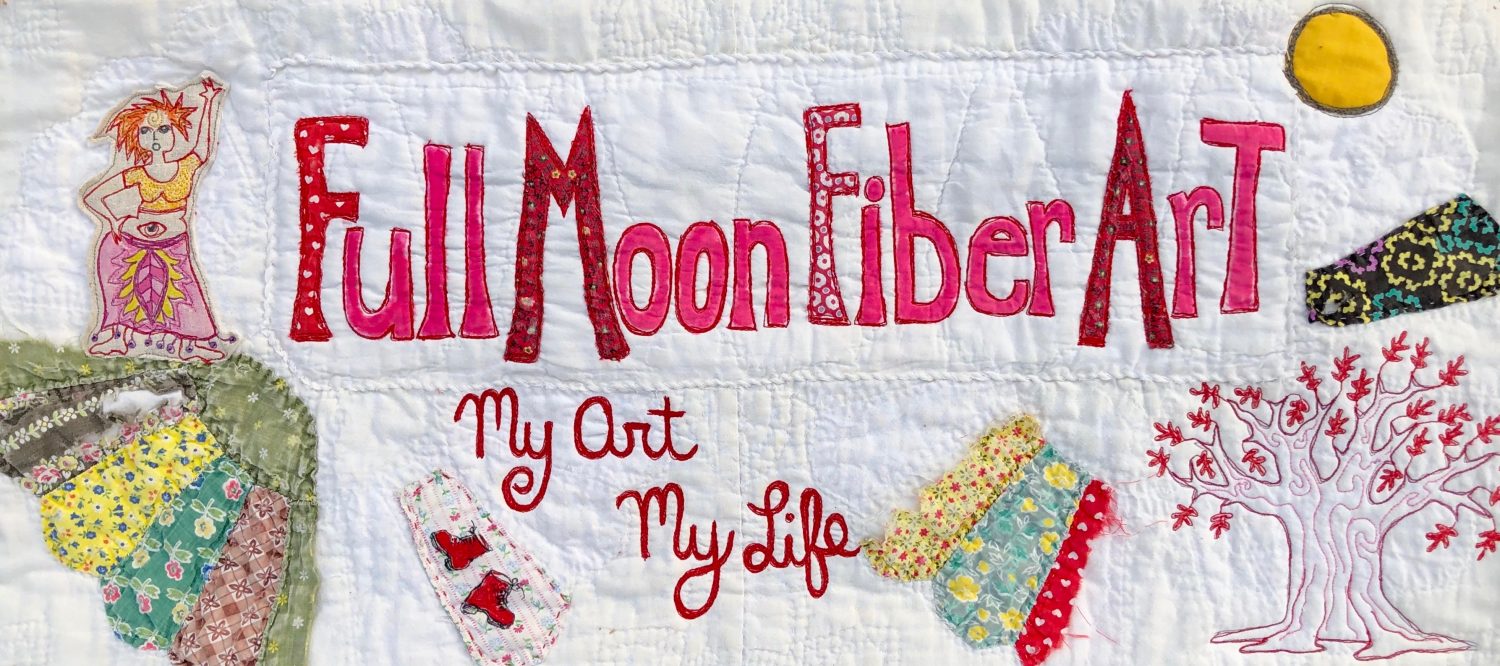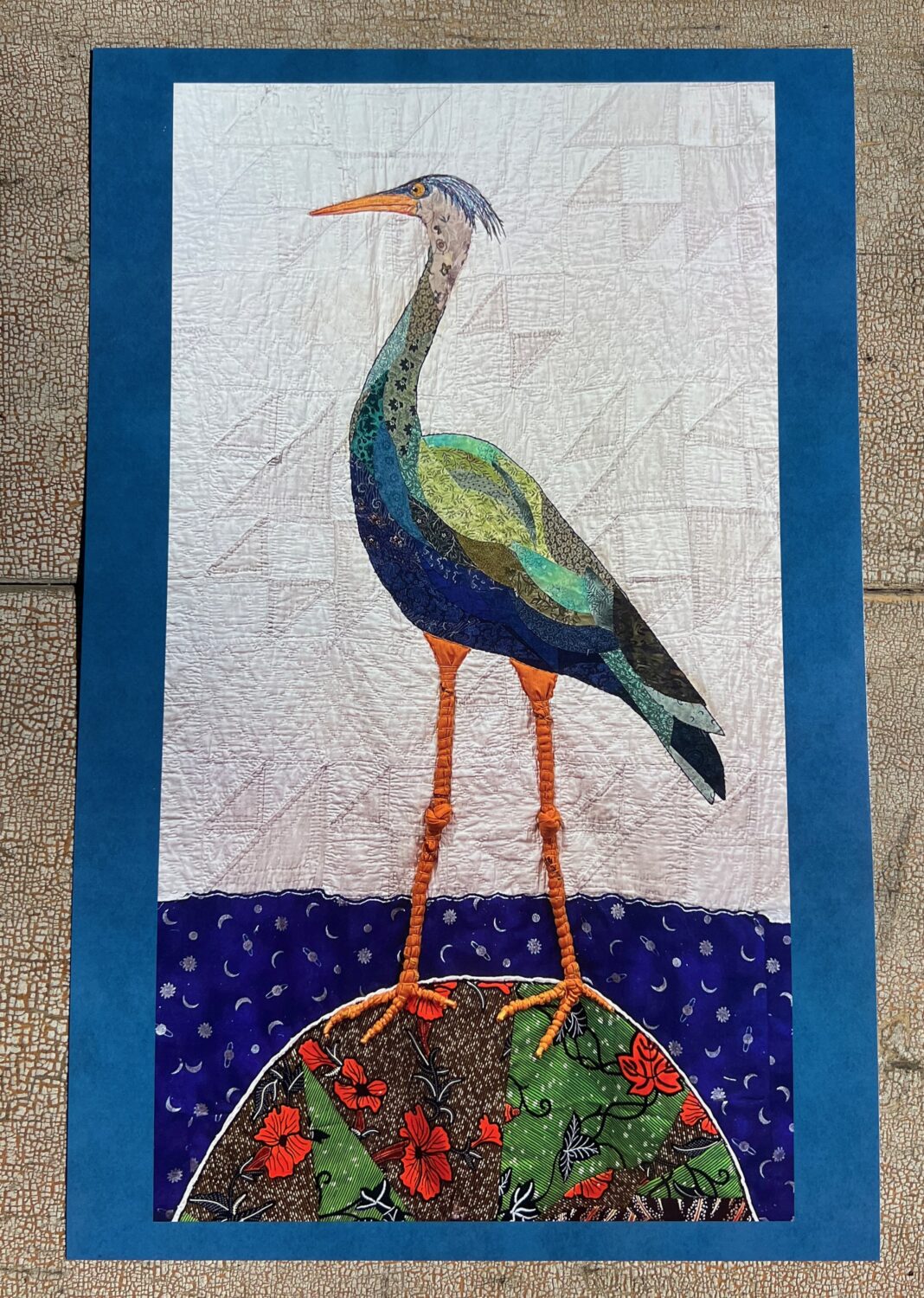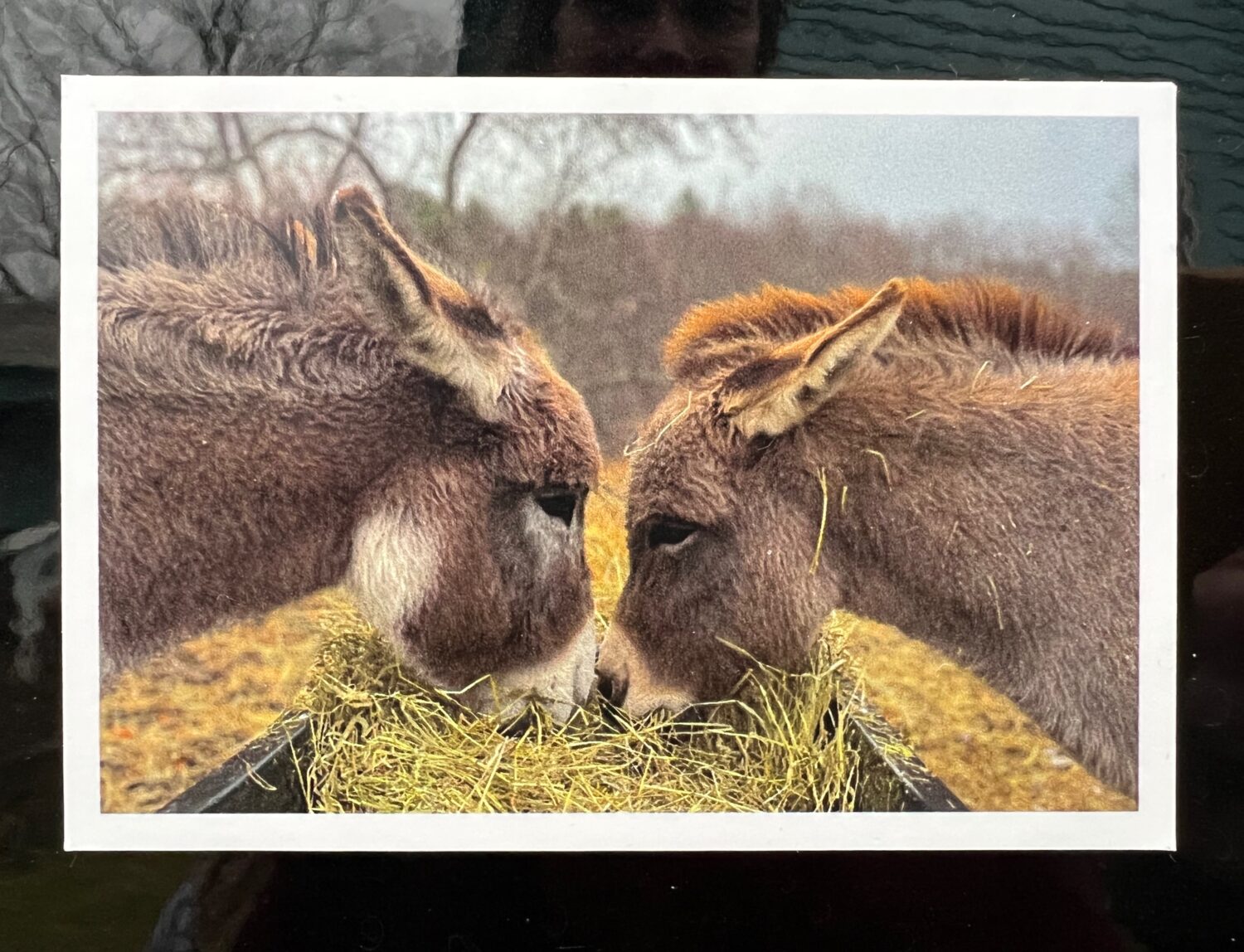
We piled into the bus with our overnight bags. We’d be spending three days and two nights in Bolpur. While waiting for Nadine to join us, Dahn mentioned that we wouldn’t have any internet or phone service where we were going.
I got out of the bus and dialed Jon’s number. We’ve been calling each other every morning and evening. If I suddenly stopped getting in touch with him, he’d worry about me.
And I wanted to say goodbye, we’d be out of touch for three days.
“Mon Cher,” Jon quoted Piorot, “Mon’Amie”. (we’ve been watching the Agatha Christie series on Netflix every night before I left for India) I love you I said to him, as Nadine walked by pulling her suitcase.
In the city every green thing, every tree and plant is brown with dirt. As the people, buildings, vehicles, garbage, and noise thinned out, the vegetation started to turn green. Cows and goats grazed in big fields of dying grass. We passed small thatched roof villages and four-story cement hotels. We passed farms surrounded by tall brick and mud walls.
It was mostly big trucks and buses on the road with us now. And some motor bikes often carrying three men, or a couple, the woman sitting side-saddle in her sari.
During the four-hour drive and I slipped into my silent mode. Going within myself, making it harder and harder to join in the conversations going on around me. By this time I was certain that I had nothing of interest to contribute. But I was more than content to look out the window. Watching India pass by me. Seeing everything for the first time.
A couple of hours into the trip, we stopped at what looked like a new, freshly painted gas station. They served coffee and had clean bathrooms with western toilet bowls. Somehow the conversation turned to my potholders.
Kelly explained that they didn’t have a market for potholders in India. But if I could teach the women of a village we’d be visiting in a couple of days to make potholders from sari scraps and provide a market for them, that could work. Immediately Dahn offered to put out the money to buy the potholders from the women so I could sell bring them home and sell them on my website.
My discouragement and disappointment from the day before lifted. My plans of helping the girls, would not be in helping victims of sex trafficking, but in helping to prevent the trafficking from ever happening.
A few hours later we turned onto a one lane dirt road. Kelly pointed out where the Fair Trade Market would be tomorrow. A field of dry, orange, hard packed earth. We’d be able to walk to it in the morning.
The driver slowed down as we passed the brick and mud cottages and then stopped in front of a new two-story, building with a large gate leading to the courtyard.
We were greeted with drumming. I bowed my body to the small woman who daubed a bindi on me and put flowers behind me ears.
A row of four women danced for us and a few of us joined them. A simple step that I got all wrong but I didn’t care, I was dancing and it felt good.
We were handed coconuts with a hole carved into them and a straw sticking out. Always thirsty, I sucked down the fresh coconut milk, which tasted so much better than the stuff you get in a can.
Kelly, Nadine and I would share one of the three rooms. Nadine hadn’t been feeling well for a couple of days. She and Giselle from Puresa Humanitarian had been visiting the families of girls in danger of being trafficked the week before we all arrived. She said she probably picked up something in one of the villages.
There were three cot sized beds in each of the three rooms of the hotel. Each room had it’s own bathroom with western toilet, a sink and shower with hot water on demand. Fans cooled the room and the doors and window were shuttered at dusk to keep the mosquitos out.
The Women’s Interlink Foundation is doing preventive work in the village. Because of it’s proximity to Kolkata Bolpur is the kind of village that girls could be easily trafficked from.
Girls are often sent into cities with the promise of a job and wind up being sold into slavery. Just as often they are knowingly sold into slavery by their parents, who need the money and don’t value the lives of their daughters in the same way they do their sons.
Because of it’s location and the fact that the village has a rich tradition of artisans, The Women’s Interlink Foundation was able to get a grant from Canadian Tourism to help make the village a tourist destination.
They taught the people of the village how to repair their homes, and built on the skills they already had to make their art marketable. Girls take classes in jewelry making. Men make hand carved furniture. Other people in the village have been taught to cook for the guests at the hotel. The hotel also employs local people.
The crafts are sold in the village, the nearby market and markets around the country. Recently a television show was filmed in the village. Now tour groups come from all over India to see the setting of that TV show.
The village in Bolpur is a success story. Because it’s prospering, and the girls have a way of earning money, they are of more value at home than being sent away to work or sold.
The girls in Bolpur won’t need anyone to rescue them.



































